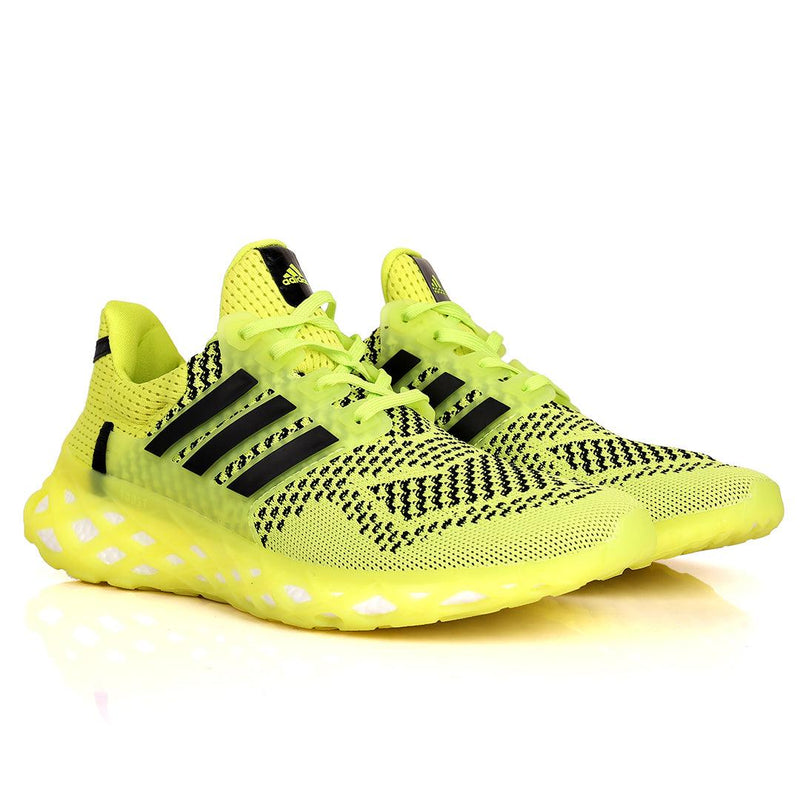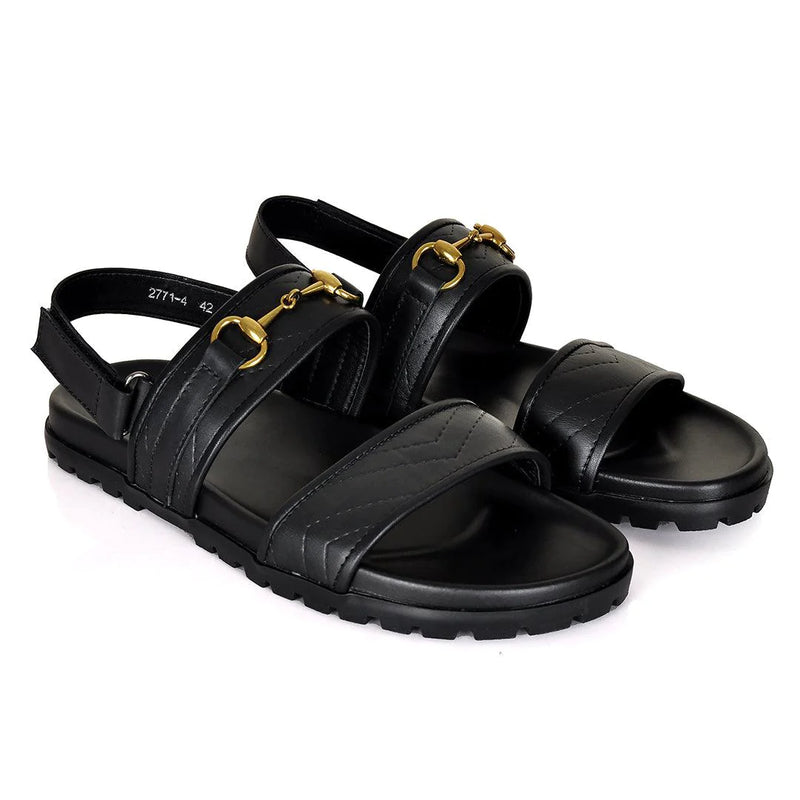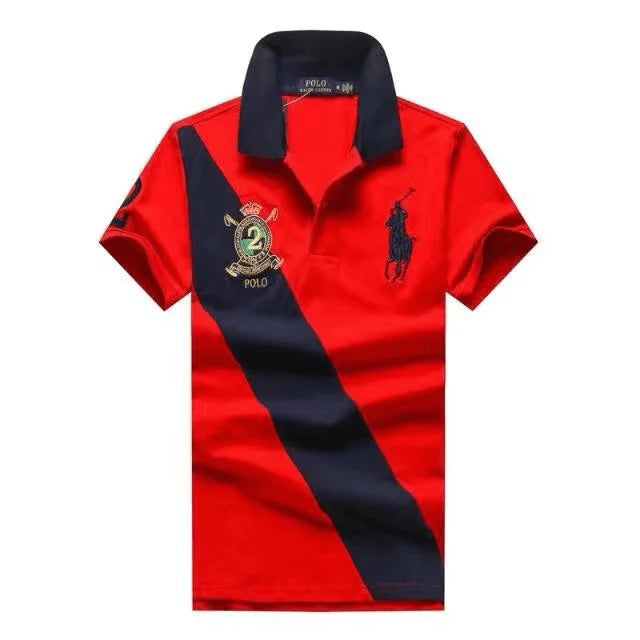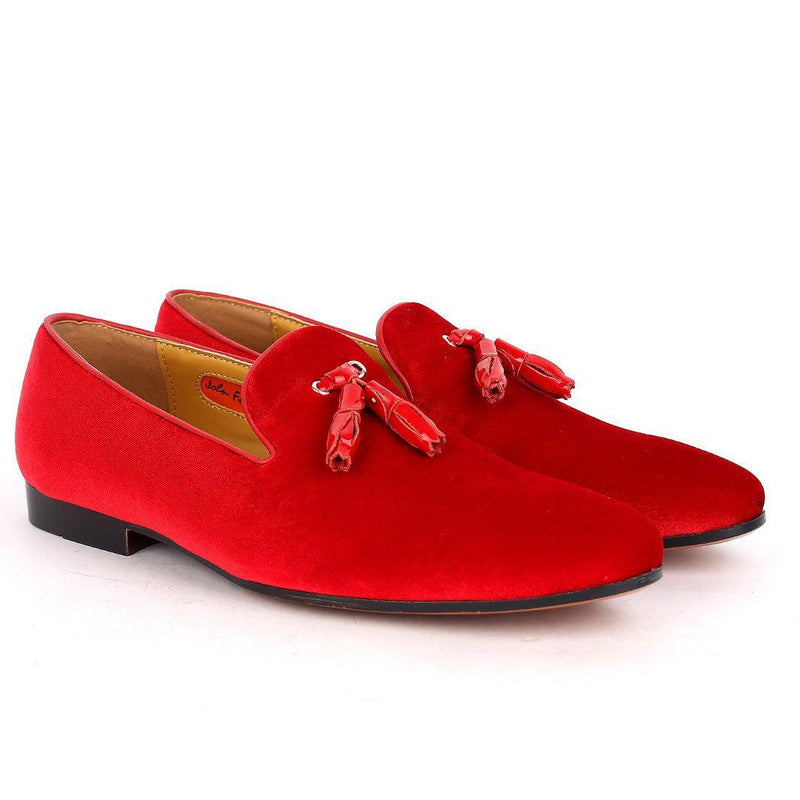
HOW TO MEASURE YOUR SHOE SIZE There are a handful of ways to find your foot measurement. You can get it done professionally by a podiatrist, use a Brannock device at a store or even measure from home. When measuring your shoe size at home, you’ll need the following items: Two pieces of paper larger than your foot Tape Writing utensil Ruler Before taking your measurement, put on the socks you plan on wearing with your shoes. If you’re finding a size for hiking boots, you may want thicker socks than if you’re measuring for running shoes. It’s also recommended to wait until the end of the day, when your foot is at its widest point. 1. Tape the paper on the floor with one end against a wall. It’s important that it doesn’t slip so that you’re able to get the proper measurement. 2. Plant one foot on the paper with your heel against the wall. 3. Trace the outline of your foot. It’s easiest to have someone help you with this step. Try not to hold the pencil at an angle, as that can cause an improper measurement. 4. Using your ruler, measure the longest and widest parts of your outline. 5. Repeat with your other foot. Take down your measurements in both inches and centimeters. Charts may vary in the units used. When comparing your results with a shoe size chart, you’ll want to use the measurement of your larger foot. Keep in mind that if you’re purchasing a shoe for a child, it may be helpful to buy a larger size to allow them room to grow. Shoe sizes may vary by brand, so you should try to consult the chart of the brands you’re most interested in. You can refer to brand-specific size charts on the page of the product you’re shopping. HOW SHOULD YOUR SHOES FIT? Although measuring your foot can give you a rough idea of your size, it’s also important to try a shoe on and check the fit. Your desired fit may vary based on the type of shoe you’re purchasing. SPORT-SPECIFIC Baseball and softball cleats: When looking for baseball and softball cleats, a snug fit is key. Your toes should move comfortably, but try to keep space between your longest toe and the front of the cleat no more than a quarter inch. Basketball shoes: Basketball shoes have a variety of closure techniques to secure the uppers. Regardless of style, your foot should not stretch the upper over the midsole. For best fit, look to have a thumbnail’s length of space in the toe box and a heel that does not slip. Football cleats: Football cleats help you keep your footing on the field, so you’ll want a snug fit in the heel. You should also aim for about a half inch between your longest toe and the front of your cleat. Soccer cleats: Soccer cleats should have a tighter fit than your standard shoe. The heel and upper should be snug to prevent your foot from sliding. You’ll want a quarter inch gap between your toes and the front of the cleat. Learn more about buying footwear for your specific sport or activity with these Pro Tips. ATHLETIC SHOES Walking shoes: With walking shoes, toe box room is key. As the name suggests, the toe box is the part of the shoe that covers your toes. A toe box that is too small will restrict the muscles in your foot. Aim for a thumb’s width between your longest toe and the front of your shoe. Remember that not everyone’s “big toe” is the longest. Cross country shoes: For the best fit with cross country shoes, you need a thumbnail’s worth of space at the front of the shoe to allow wiggle room for your toes. Running shoes: Running shoes should fit snug throughout the foot, with room in the toes. When pressing down with your thumb, there should be about a half to a full thumb’s width of space at the front of your shoe. You can use the DICK’S Running Shoes Finder to help get the perfect fit. BOOTS Hiking boots: Hiking boots shouldn’t be too wide on your feet. Try to ensure that your heels don’t move up and down in the boot. However, you do want room in the toe box, as your toes will slide forward while walking downhill. Wading boots: To accommodate waders, you may want to go up a size in wading boots. Some manufacturers will factor this into sizing, while others will not. Be sure to consult each brand’s size chart. Rain boots: In general, rain boots tend to sit high on the leg. Because of this, it’s important that the opening at the calf is large enough for your legs to slip in comfortably. However, if your heel slams down when you walk, that’s a sign your boots are too large. Work boots: When walking in work boots, your heel should not come out of the boot or rub against the back. You should also try to have about an inch of room in the toe box so that your toes don’t slide forward and hit the front. Winter boots: Winter boots tend to have more width to accommodate thicker socks. Hunting boots: Like winter boots, you may want to wear a thicker pair of socks with hunting boots. Therefore, it may be beneficial to go for a slightly wider fit. If you plan on adding a liner to your boots, you might need to go up a size or two. TROUBLESHOOTING TIPS Even if you’ve taken all the steps necessary to find your shoe size, it may take a few wears to know if you’ve found the best fit. Here are some ways to tell if your shoes are too big or too small. If you find blisters forming on top of or between your toes, that could be a sign that your shoes are too small. A shoe that is too small may also cause calluses or your foot to fall asleep or cramp. Meanwhile, blisters on the ball of your foot are an indication that your shoe is too wide. It’s common to need a half size larger in your athletic footwear than a typical dress shoe. With running shoes, if you find that you have bruised toes, that could signal your shoes aren’t long enough. If you find that your heel is slipping, trying a different lacing technique may help solve the issue. If not, try a different insole or a smaller shoe size. Keep in mind that feet can grow or change over time. Other factors, such as arch type and foot shape, may affect the fit of your footwear. Using these Pro Tips to routinely measure your feet can help you maintain comfort from shoe to sole. Finding your size just got easier with the help of True Fit! Look for the True Fit icon on apparel and footwear product pages when shopping online at DICK’S Sporting Goods. Get personalized size and fit recommendations with just a few clicks.






0 comments